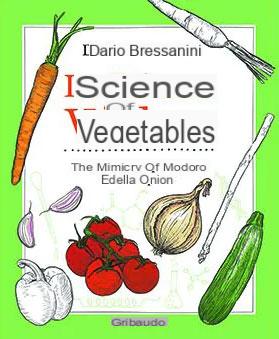
Other than sous-chef. From today your ally in the kitchen is an entire chemistry laboratory.
With a mask and the look of a "vegetable scientist", the chemist and popularizer Dario Bressanini he entered the world of plants by testing them as if they were laboratory experiments basic recipes of the country's cuisine with vegetables as main ingredients.
The results were collected in the book The Science of Vegetables (Gribaudo, € 24) and are also the basis of the suggestions you find below.
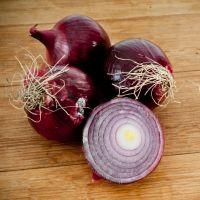
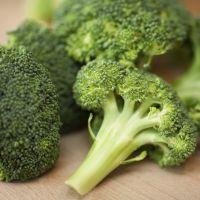
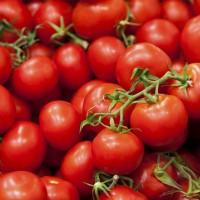
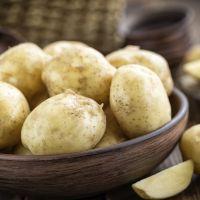
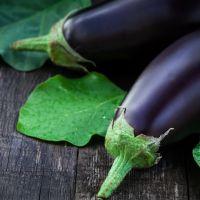

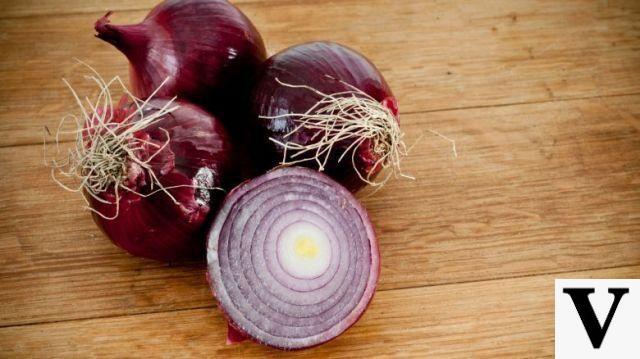
Onion: the formula for caramelizing it
Cross and delight of every cook, the onion. Pungent to tears when raw, very sweet and irresistible if you cook it to perfection. And the recipe for caramelizing it is a real lesson in applied chemistry with the aim of perfectly combining simple sugars and amino acids at high temperatures.
“It's the so-called Maillard reactionwhich, moreover, is not a true caramelization », Bressanini wand,« the one that gives the onion that mixture of unmistakable sweetness and crunchiness. To get a perfect one, science recommends slicing the onion very finely (to widen the surface) and cooking it with sunflower oil and a tip (be careful not to overdo it, it would become bitter!) Of baking soda: the more alkaline pH will thus activate Maillard's reaction quicker to make you have a perfectly caramelized onion in a pan in just a few minutes ».
E not to find yourself crying in the first part of the experiment, that is, while you cut it? «What triggers the tears», Bressanini explains, «is the thiopropanal-S-oxide, a molecule rich in sulfur which irritates the cornea. However, this "tear factor" is water-soluble: hence the old grandmother's remedy wet cutting board and knife blade it is scientifically guaranteed ".
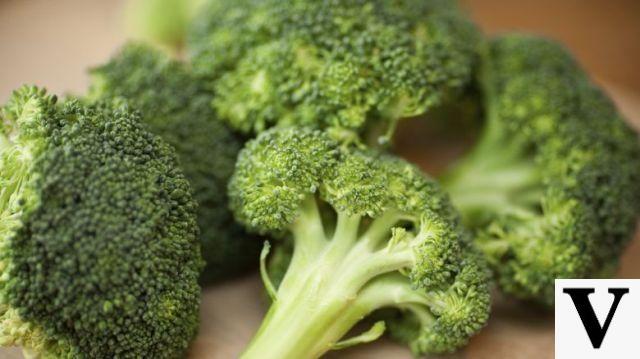
Broccoli: the power of the microwave
Since it was invented to reheat food by evaporating water in minutes, you can use the Microwave as a healthy alternative to boiling, especially in those vegetables where you don't want to lose the precious nutritional content in the cooking water.
"Think for example of broccoli, cabbage, Brussels sprouts and cabbage: when you boil them, you lose up to 90% of folic acid, vitamin C (thermolabile) and mineral salts (dissolved in water). You also lose chlorophyll, the pigment that makes them green and shiny, with a strong antioxidant and protective action ”, explains our chemist-chef.
«By cooking them in the microwave, with just one tablespoon of water and a few minutes at maximum power, you will have firm broccoli (because it is not soaked in water), very green and nutritionally intact. Alternatively, do them boil for a few minutes in a copper pot with a little water: the metal ions will keep the chlorophyll intact ».
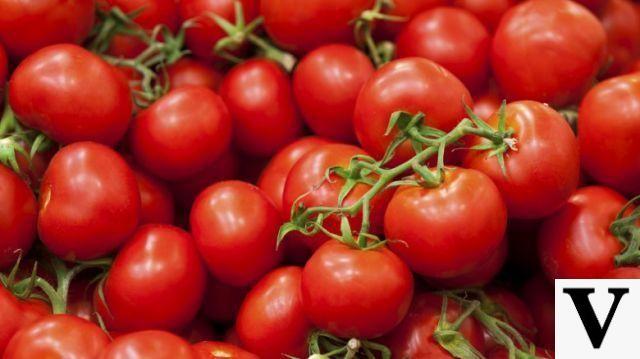
Tomato: the perfect sauce
When preparing the sauce, it is traditional to add a teaspoon of sugar to reduce the acidity of the tomato. Correct, but our Bressanini has an absolutely sugar-free scientific alternative: «Try replacing it with a hint of baking soda. You will see foam develop: it is carbon dioxide that forms when bicarbonate reacts with an acid, volatilizing it. But be careful not to overdo it, so as not to run into the opposite and have a bitter sauce ».
Cooking the sauce also makes the tomato lycopene (the pigment that colors it bright red and protects us from cardiovascular disease) more bioavailable. And be careful: it applies to both homemade sauces and those bought at the supermarket.
Another tip suggested by science: do not store tomatoes in the refrigerator. Their flavor is in fact also given by the volatile aromas, which are destroyed by the cold.
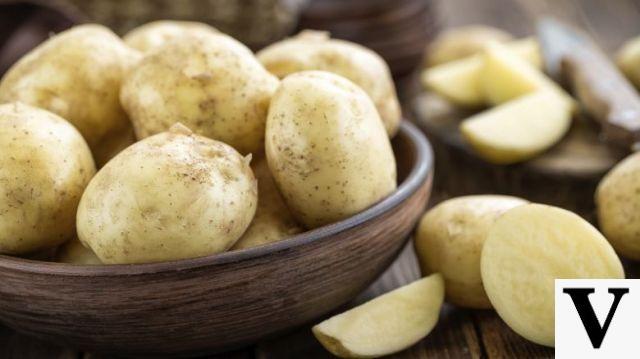
Potatoes: what result do you want?
When you boil the potatoes, the starch granules contained in the cells swell and loosen the bonds of the pectin, which thickens their pulp. «If you want to enhance this process, for example to prepare a fluffy puree, add a pinch of baking soda»Suggests the chemist-chef. "If you want them instead hard-boiled, for salads, add a little vinegar, which keeps the starch structure intact ».
And then not recommended to boil them in pieces or already peeled: «Always cook them whole, putting cold, not lukewarm water in the pan, then removing the skin at the end of cooking. Like this limit the dispersion of vitamins and mineral salts»Explains Bressanini.
Know that the peel contains 17 times more iron than the pulp, while vitamin C and E are more present in the layer immediately below, so for a surplus of nutrients, instead of throwing it away, consume it.
E do not keep potatoes in the fridge: cold converts starch into sugar, making them black when cooked.
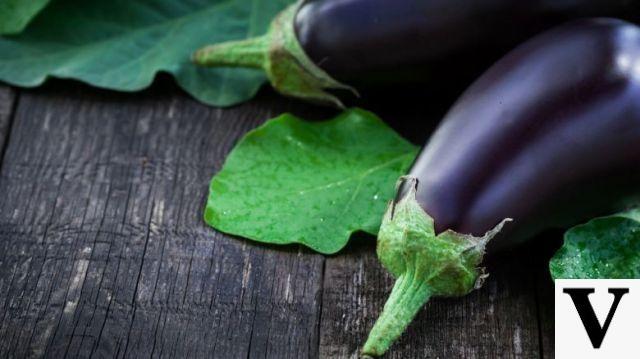
Eggplant: salt is needed, but ...
Sprinkle with coarse salt the aubergine slices before frying them to "remove the bitterness" is one of the most popular home remedies. «But alkaloids and phenolic compounds, that is the bitter substances of the pulp, are not invalidated by the salt; at most covered, deceiving the taste buds », specifies the scientist.
However, the operation is fundamental: «These vegetables are among the most difficult foods to cook due to their spongy structure, rich in water and air pockets between the cells (which is why they float and just blacken the cuts). By emptying these bags by osmosis with salt, you therefore avoid that, in contact with boiling oil as for example in the preparation of a parmigiana, they become soaked and become spongy ».
The broth is better "pressure"
In professional kitchens there is always a large pot that mumbles with broth: it serves as a base for risotto, for soups, to flavor a side dish. The recipe calls for the vegetables to simmer there for 4-5 hours. But the long cooking, which is necessary to extract the taste from vegetables, destroys many nutrients. Vegetable science then advises "The pressure broth".
In the pressure cooker, in fact, the water boils at 120 ° C (more than the 90-95 ° of a container with a lid) and this speeds up the extraction process: an hour is enough for a broth with more nutrients and still tasty, because the volatile aromas remain "trapped" in the pot.


























